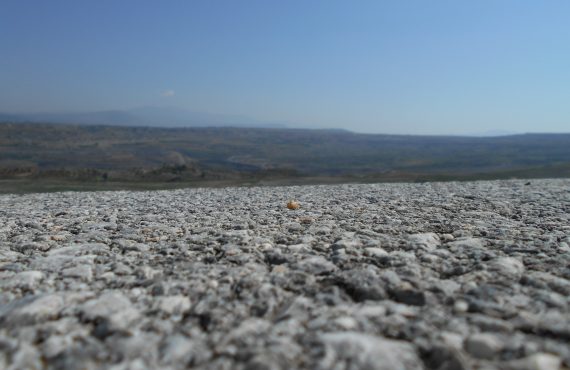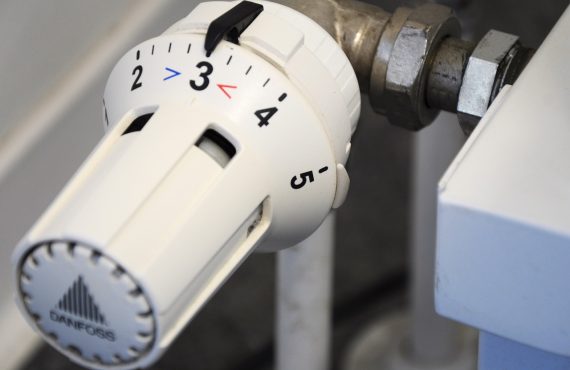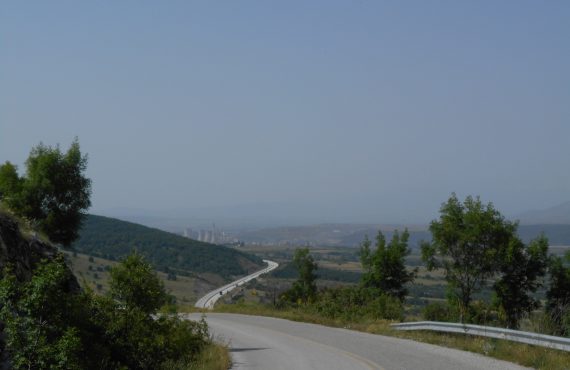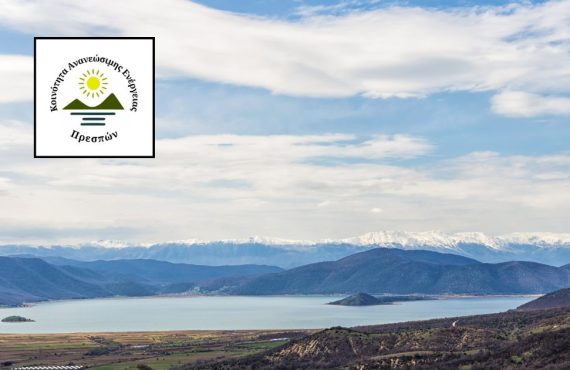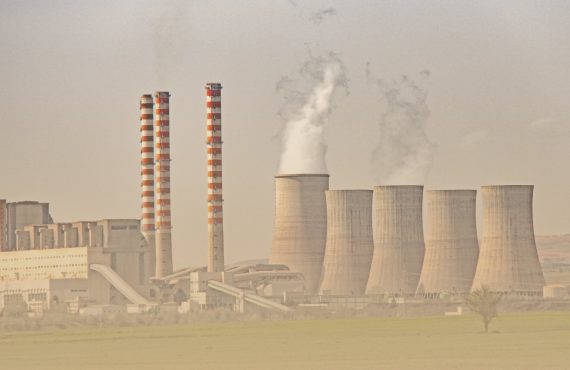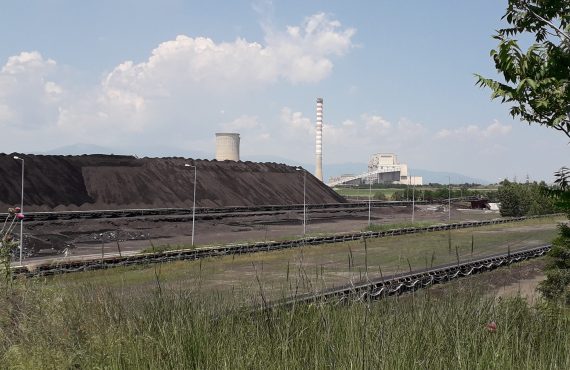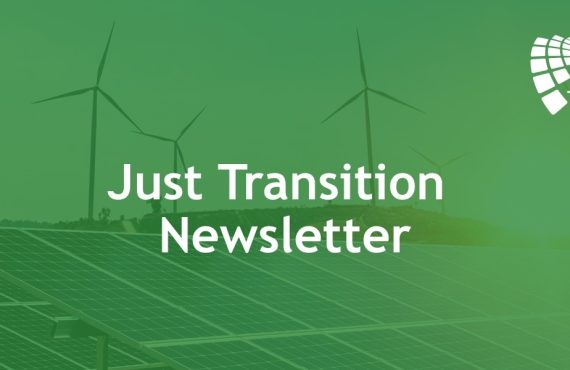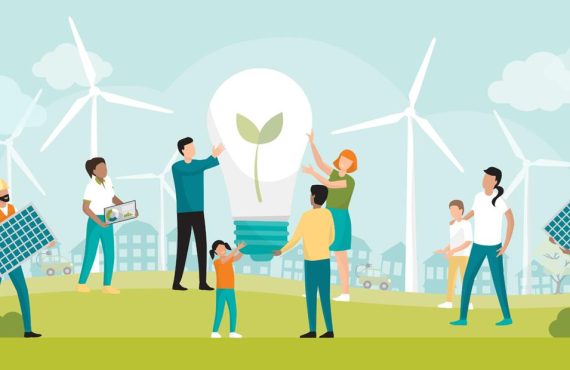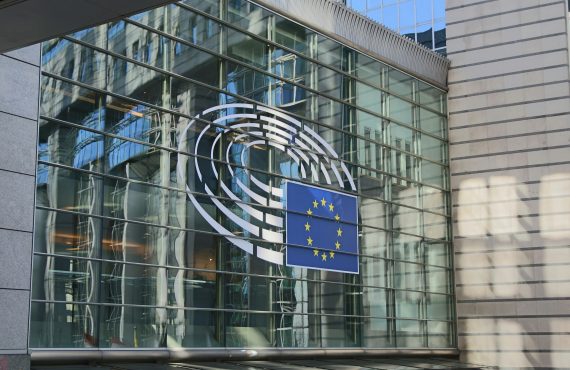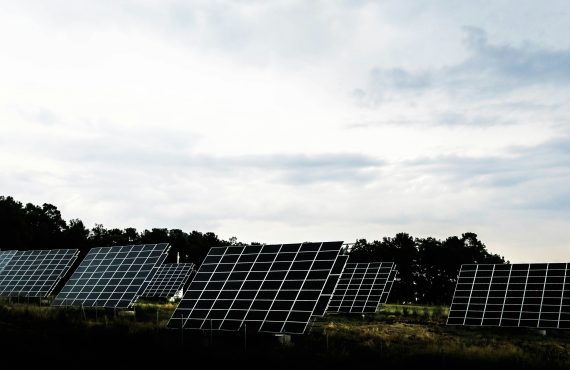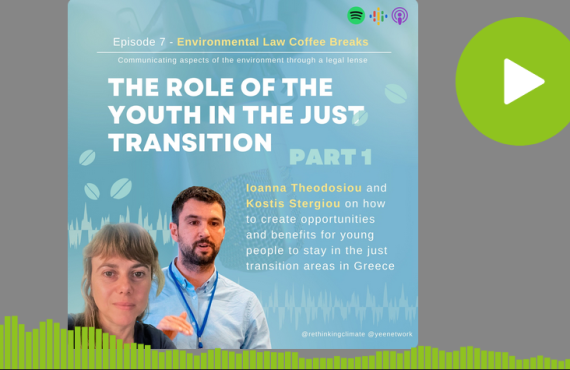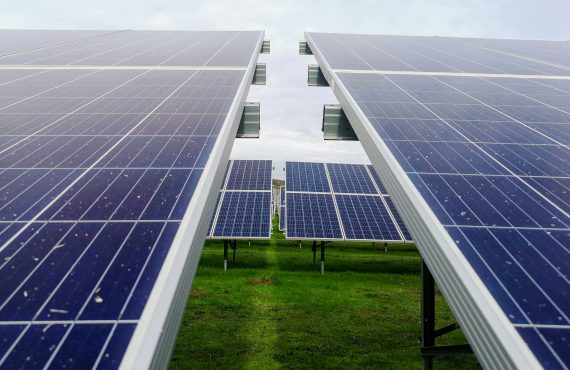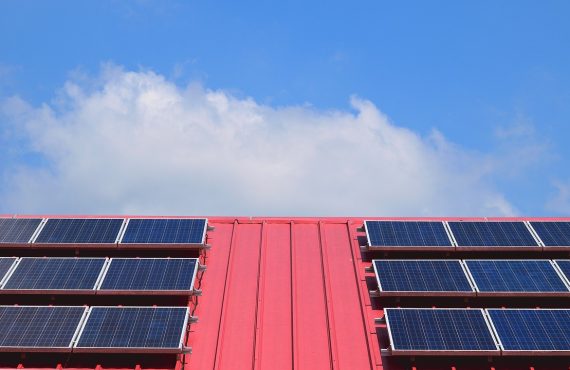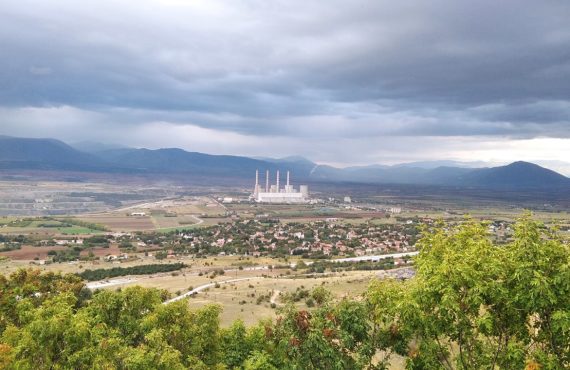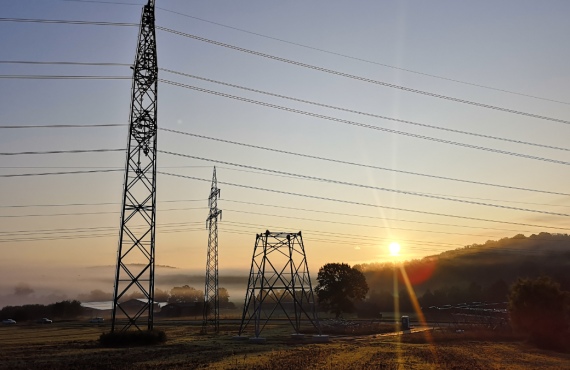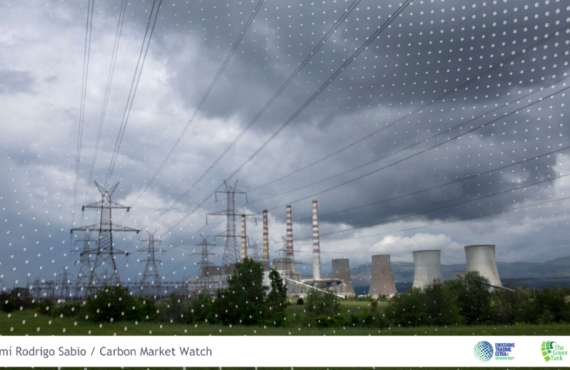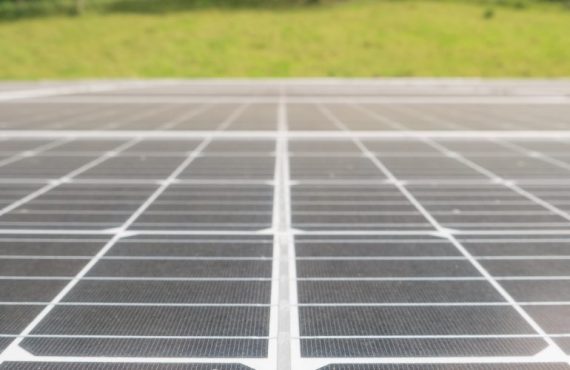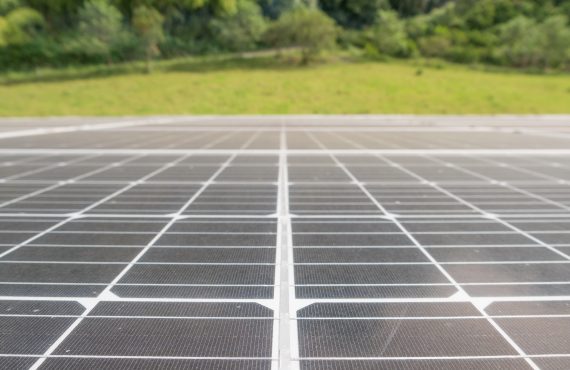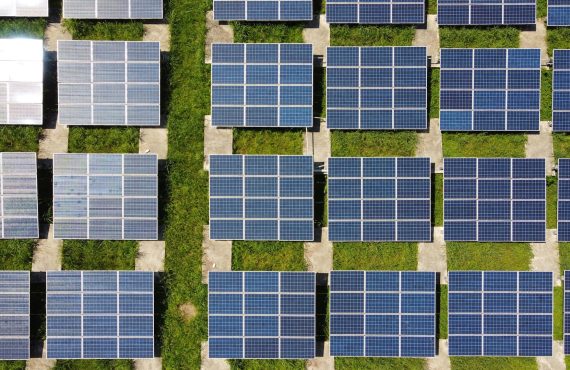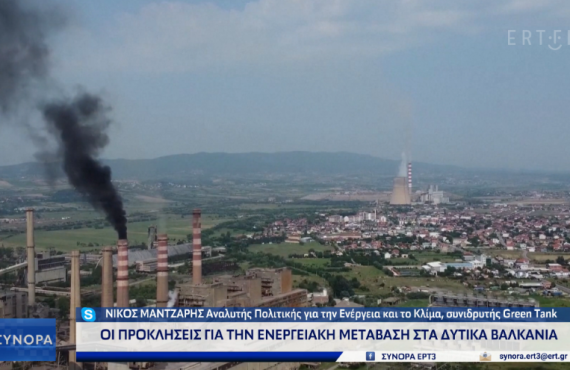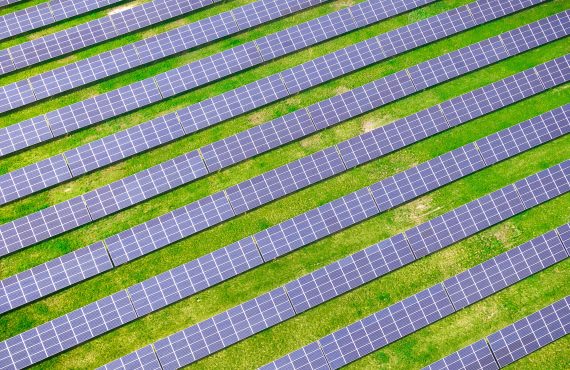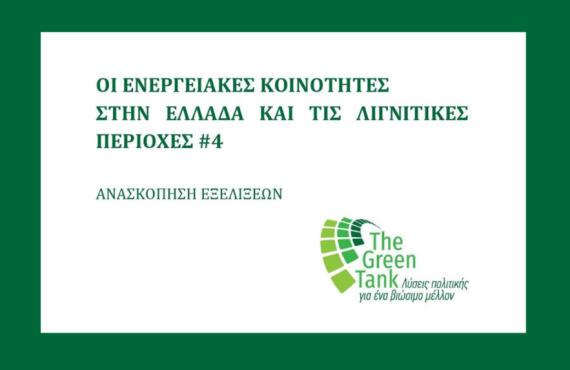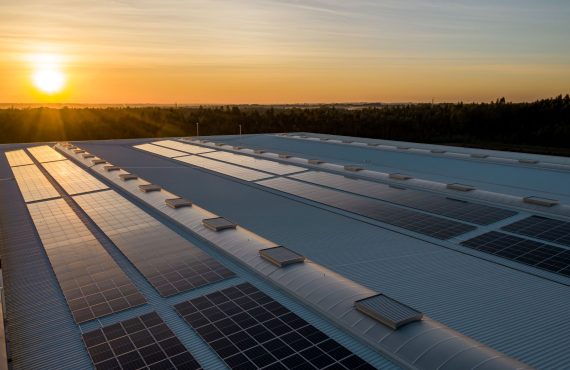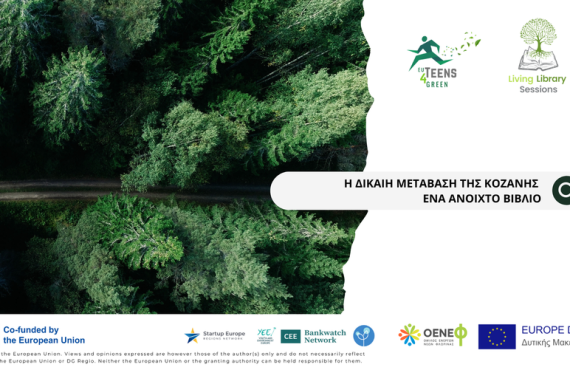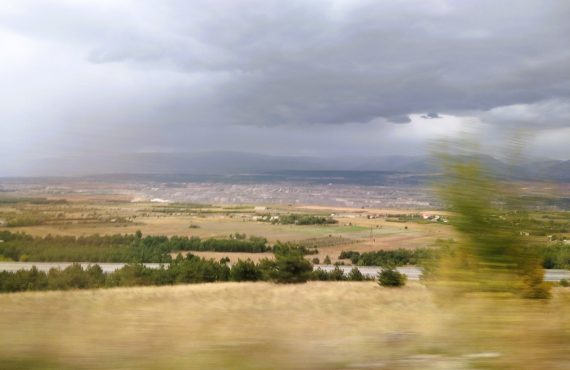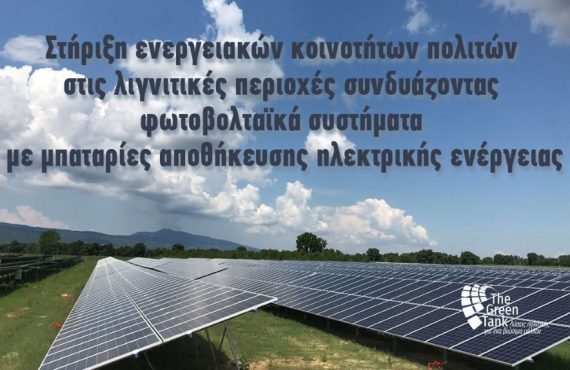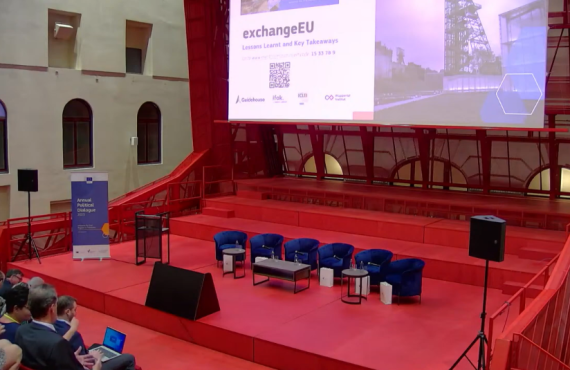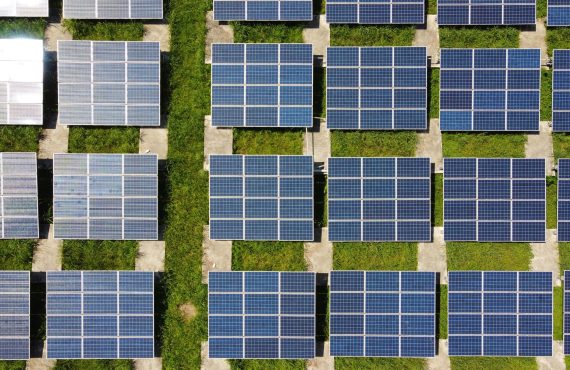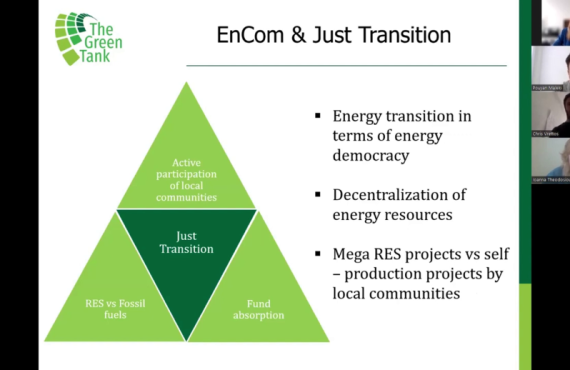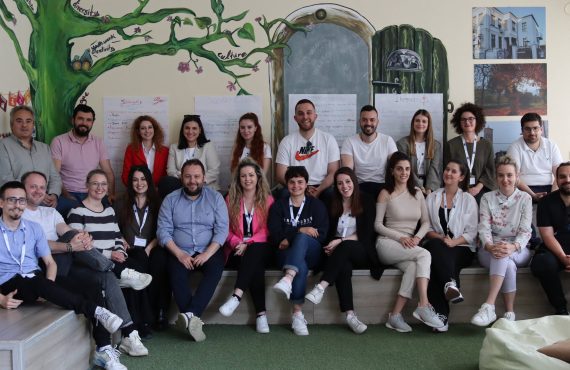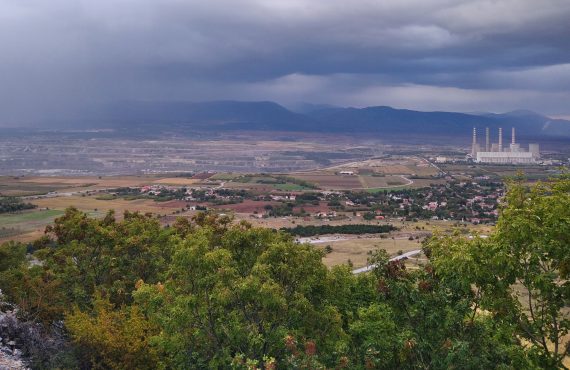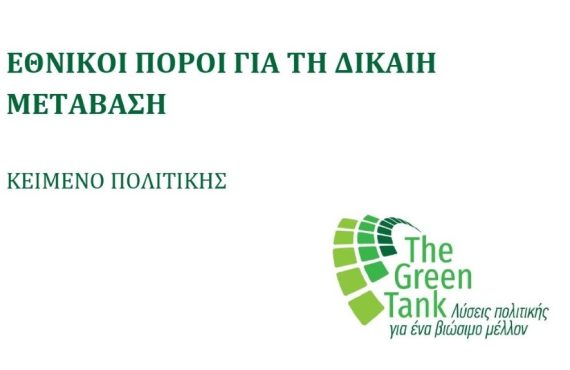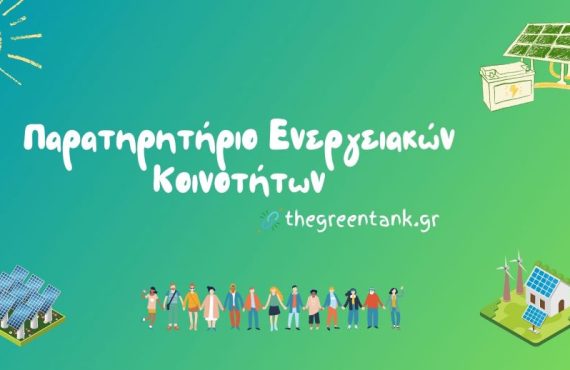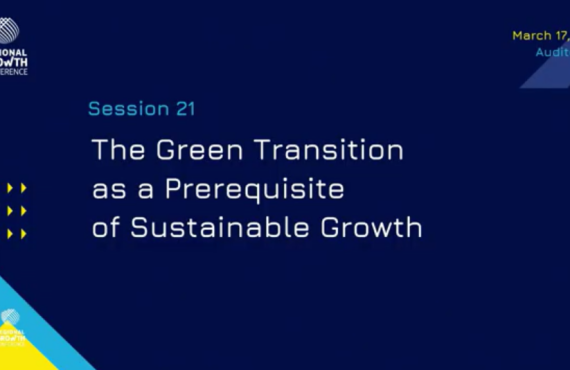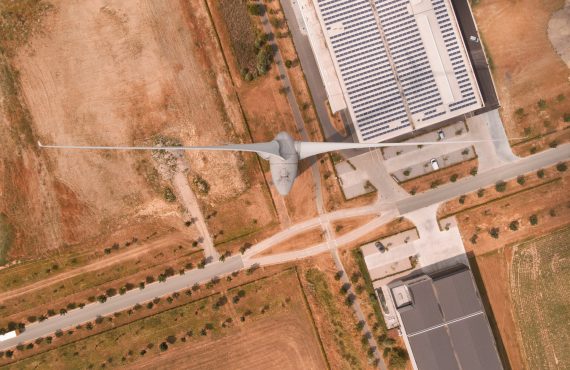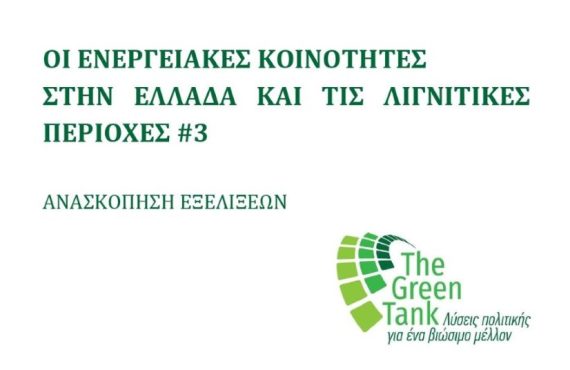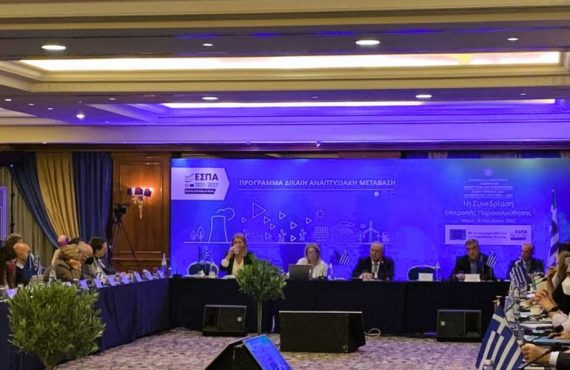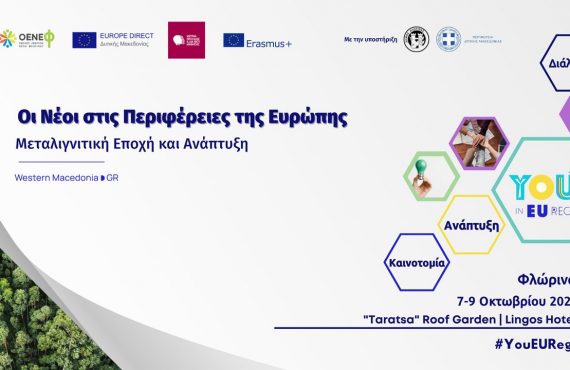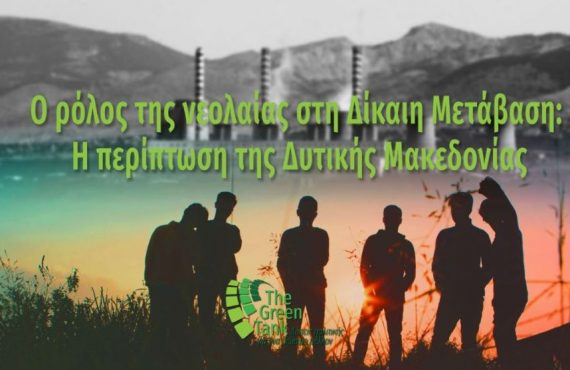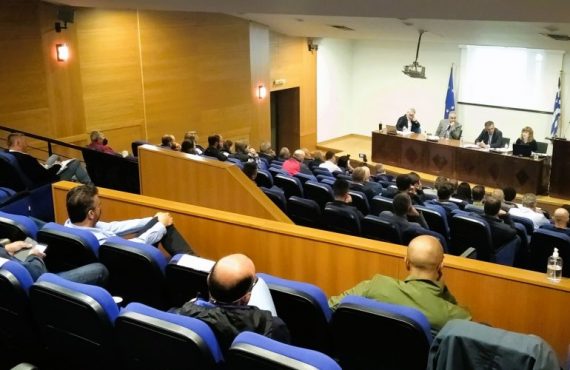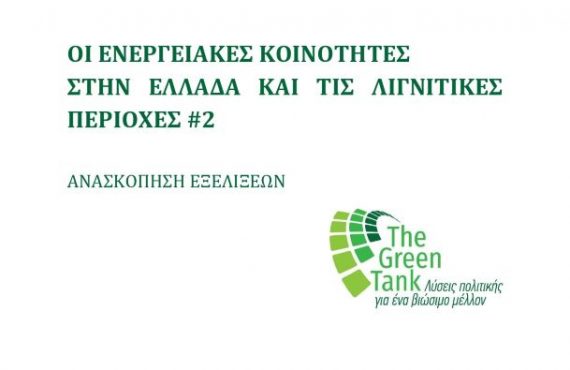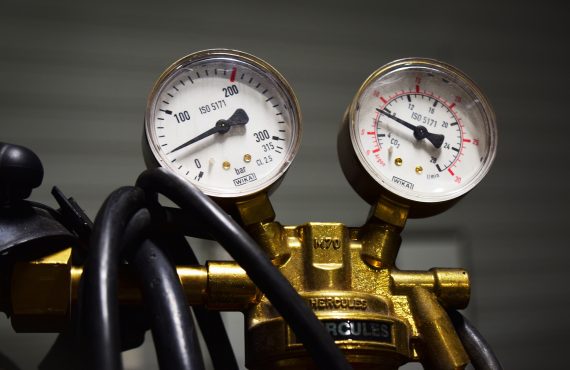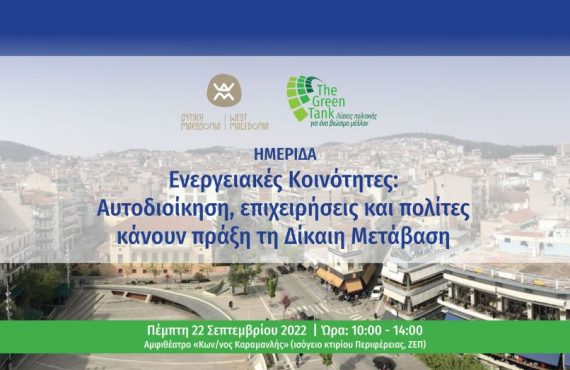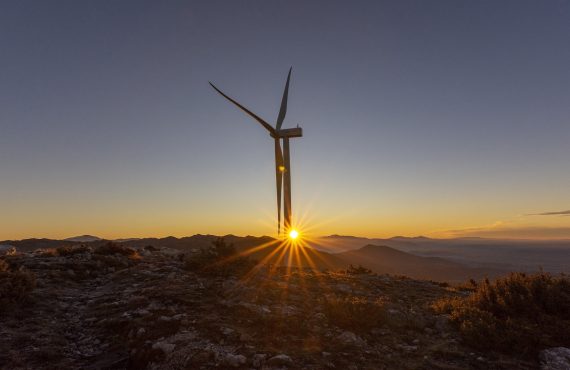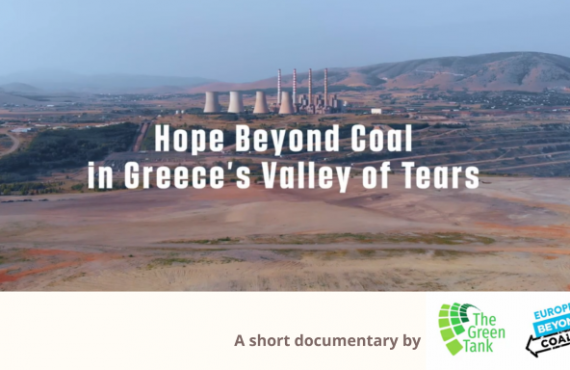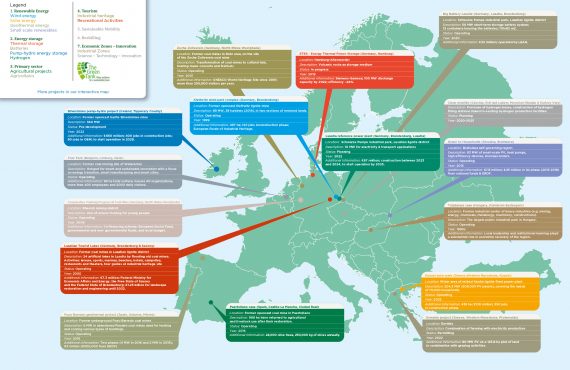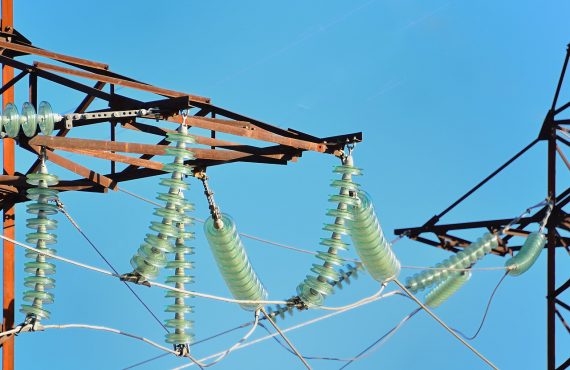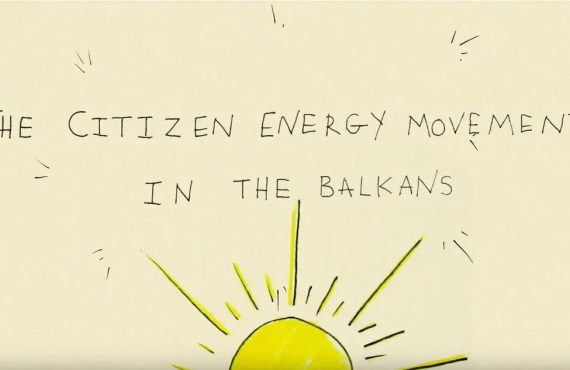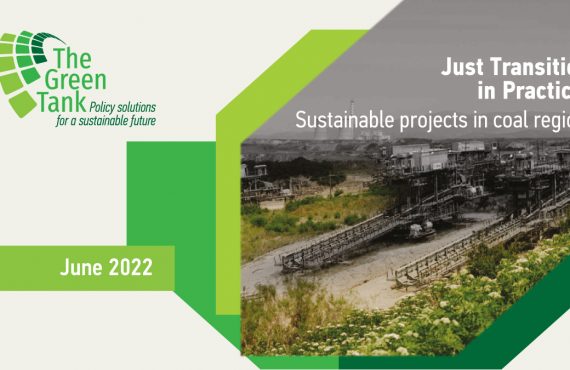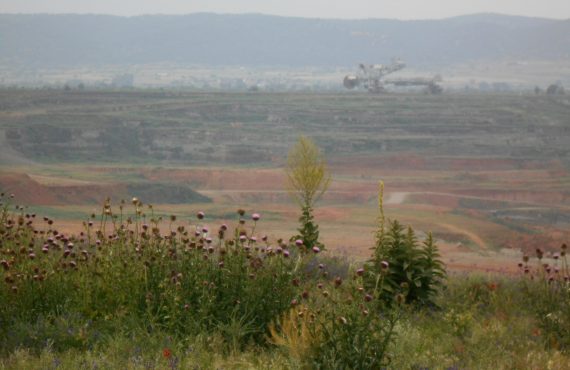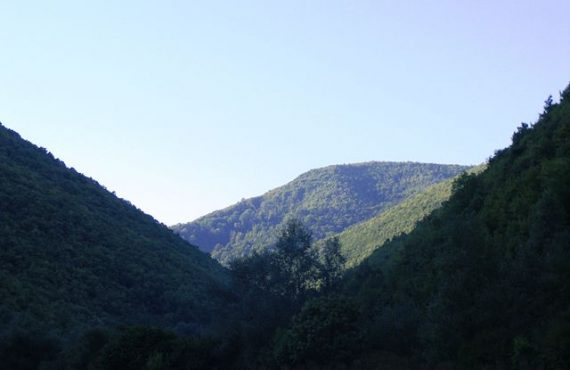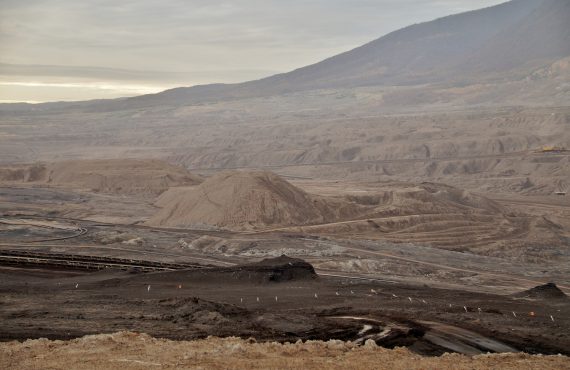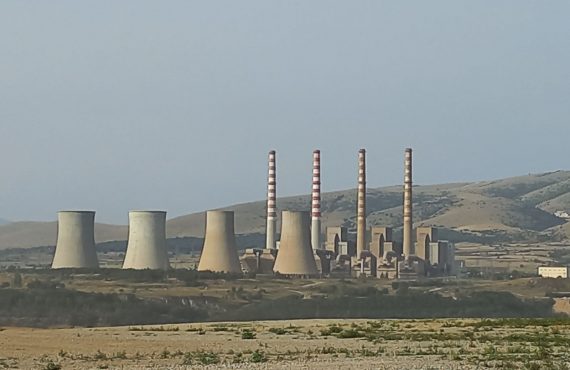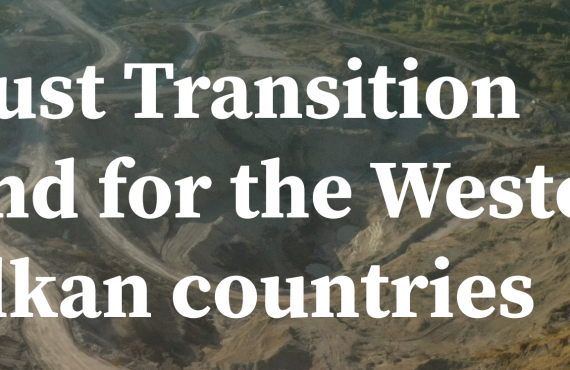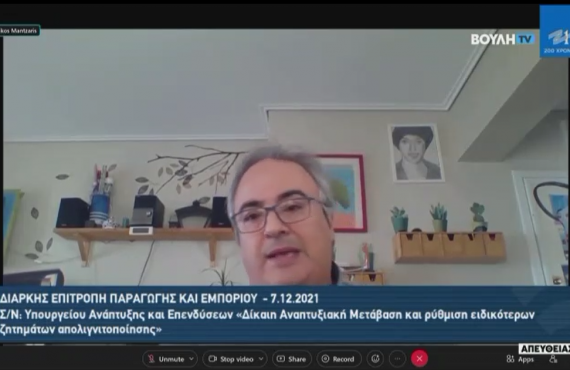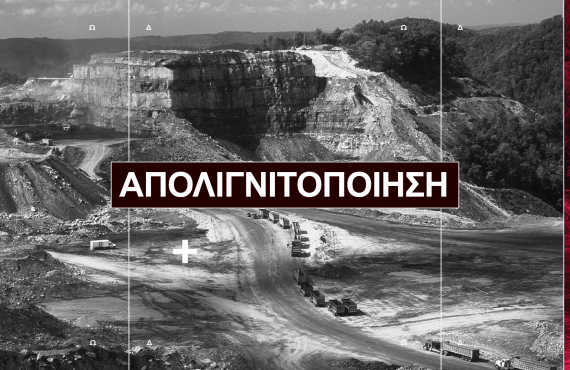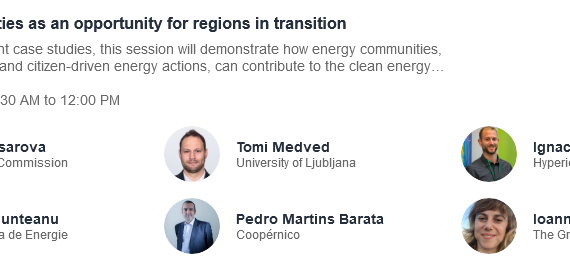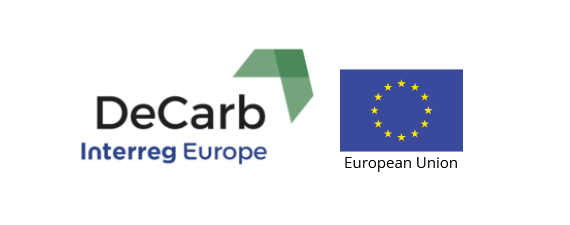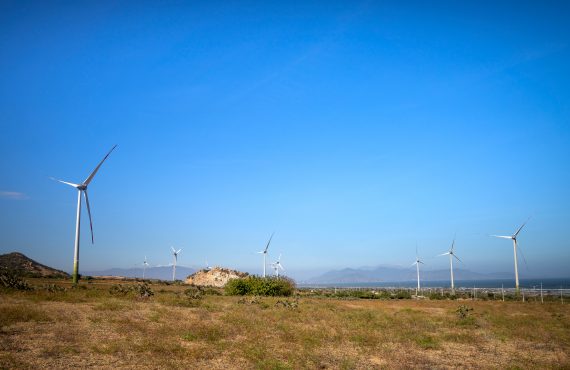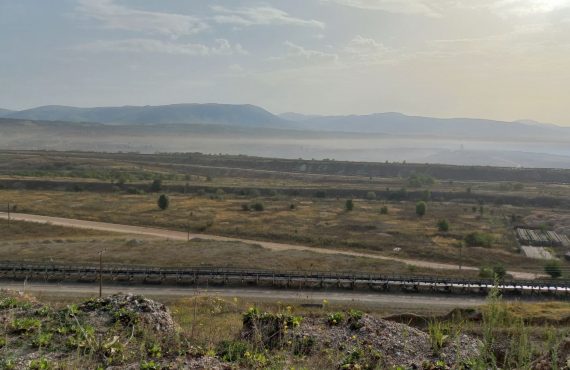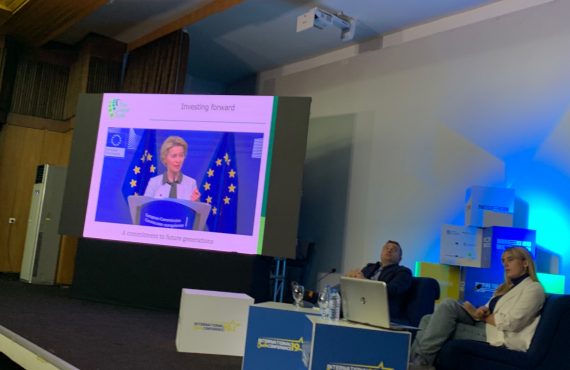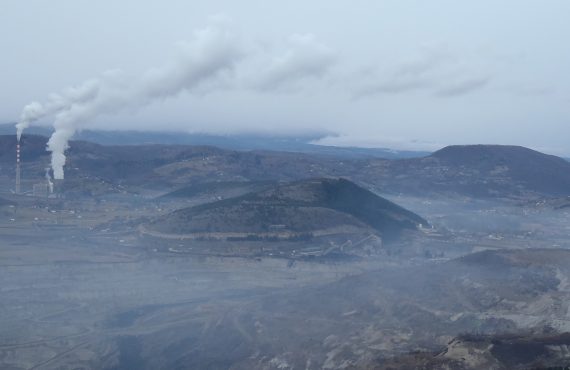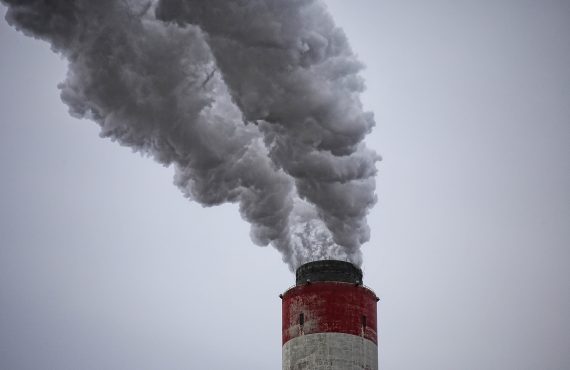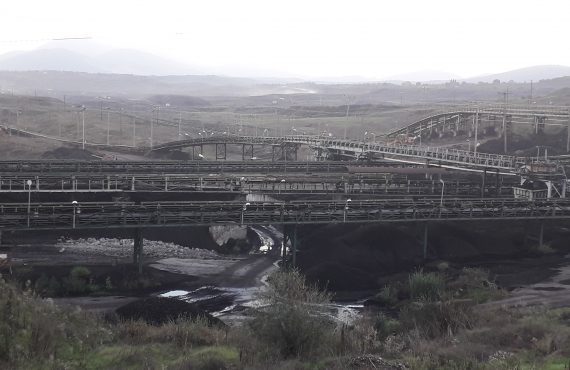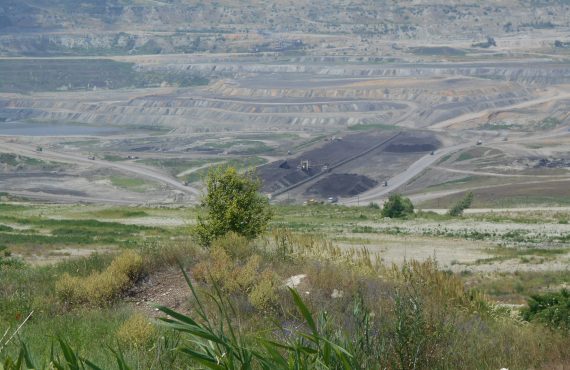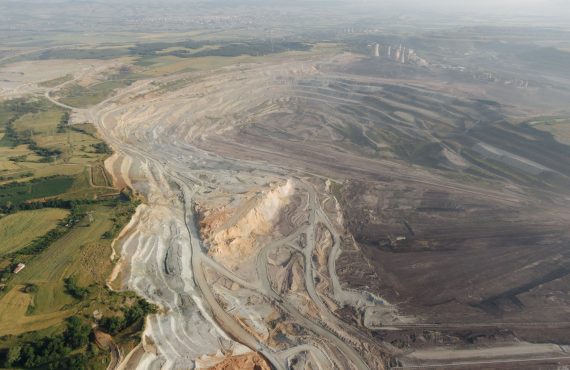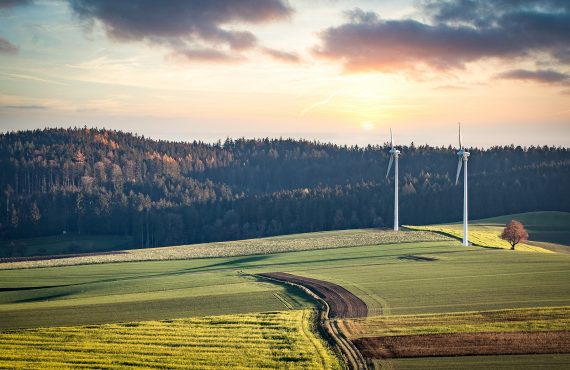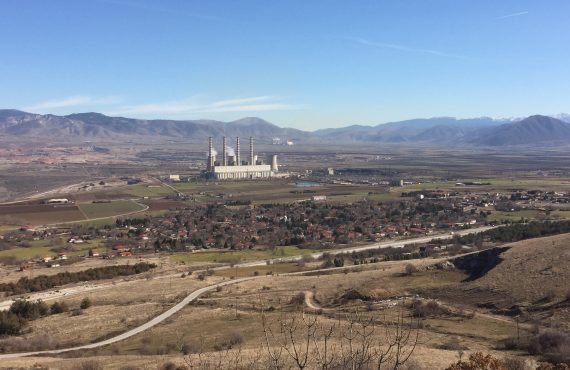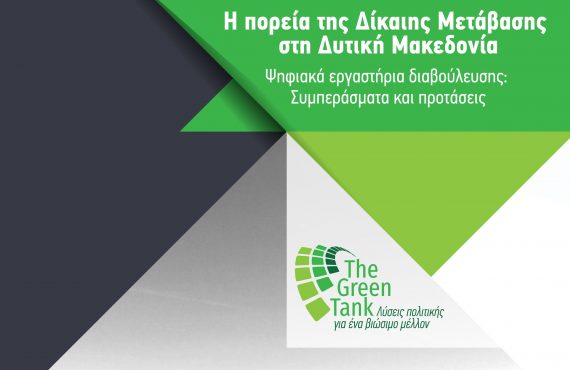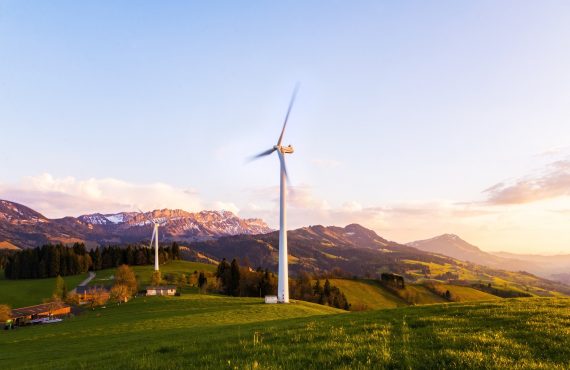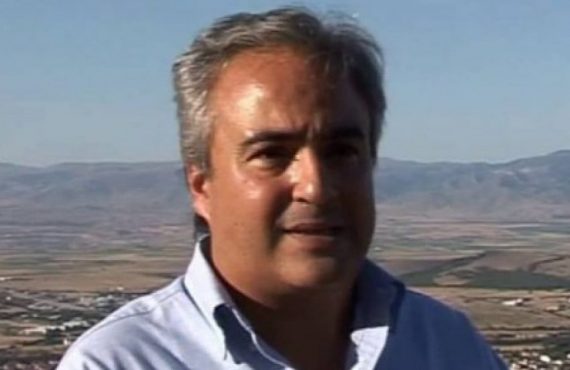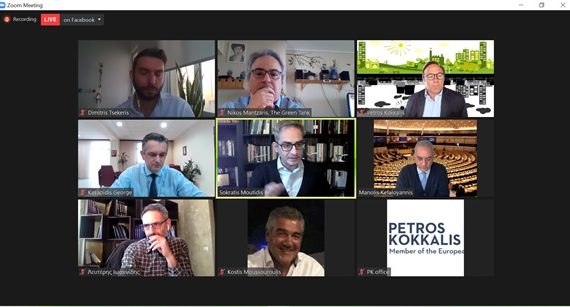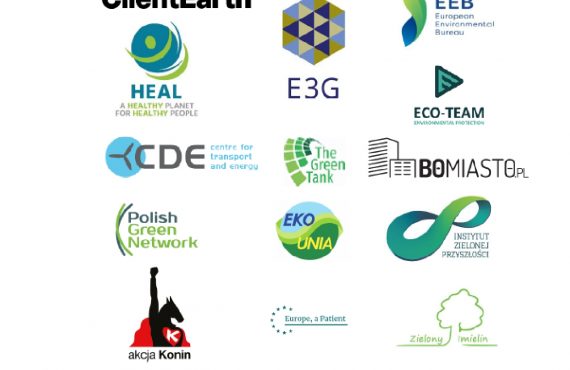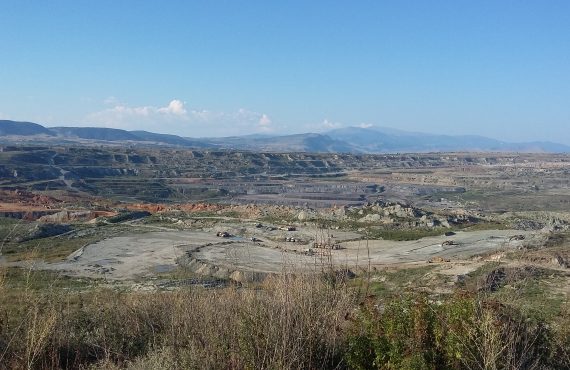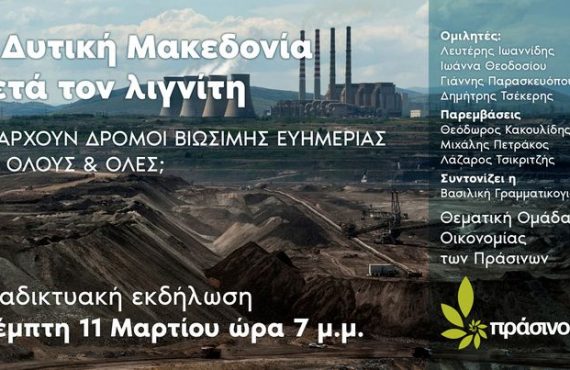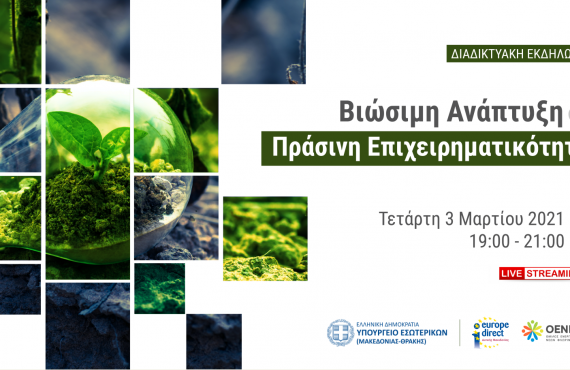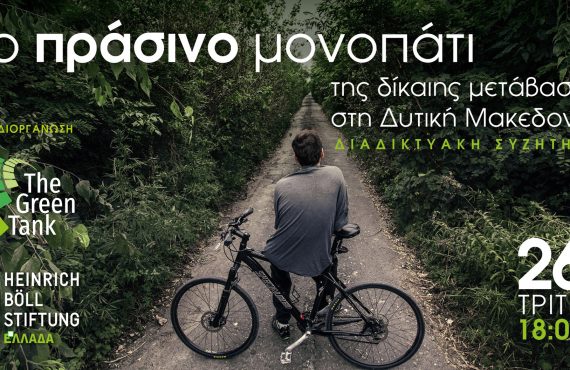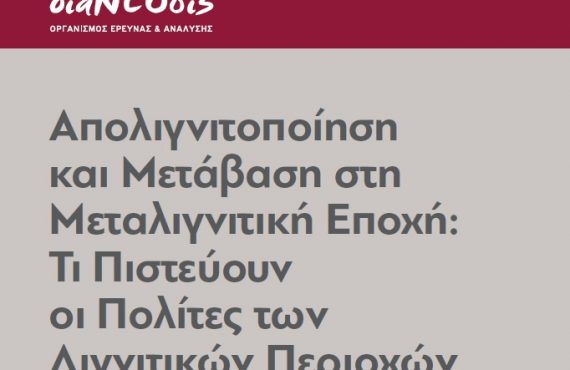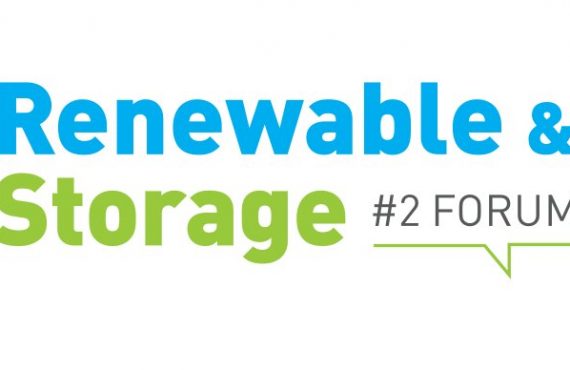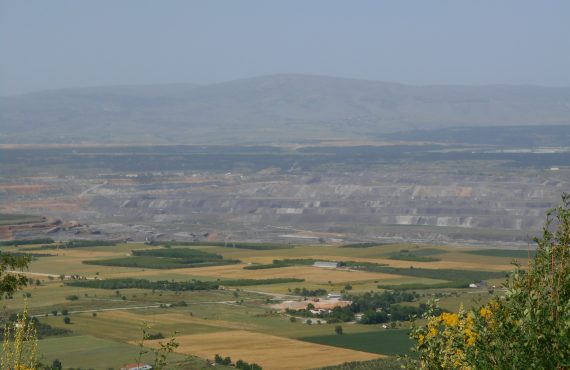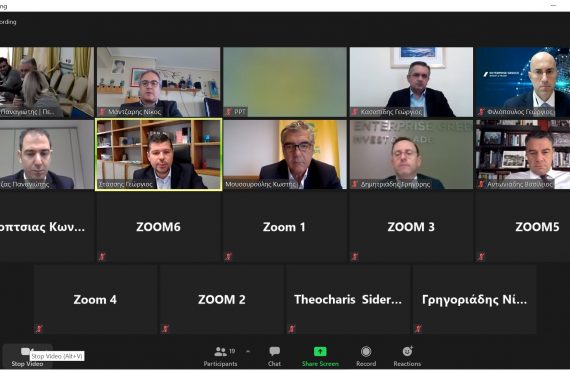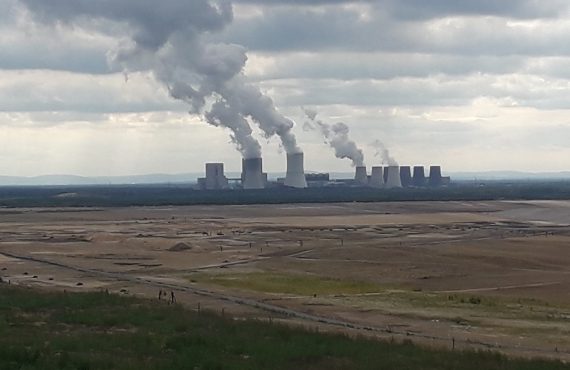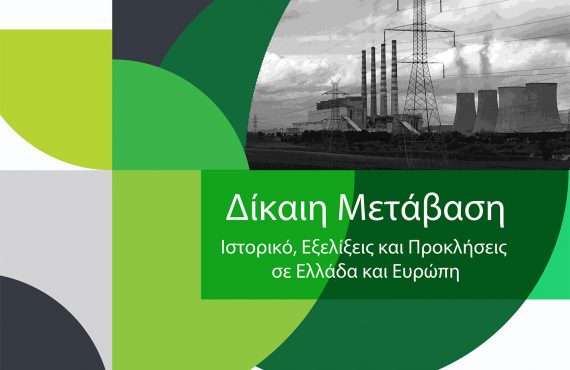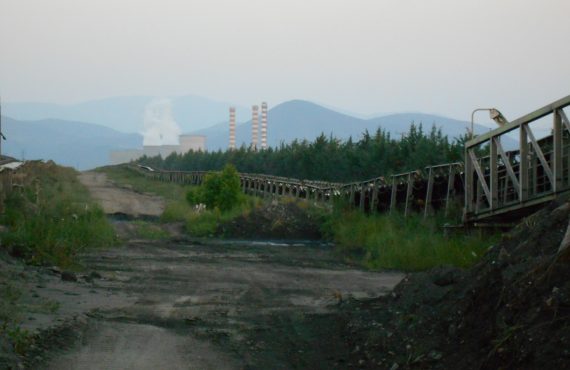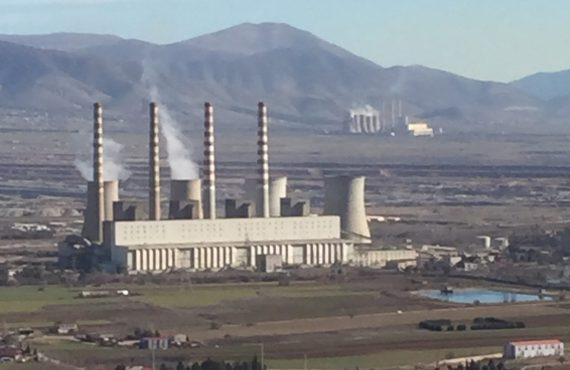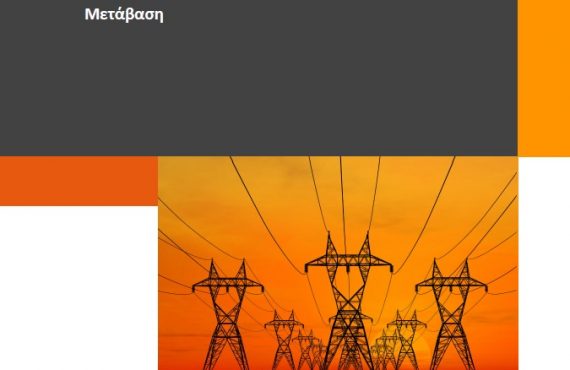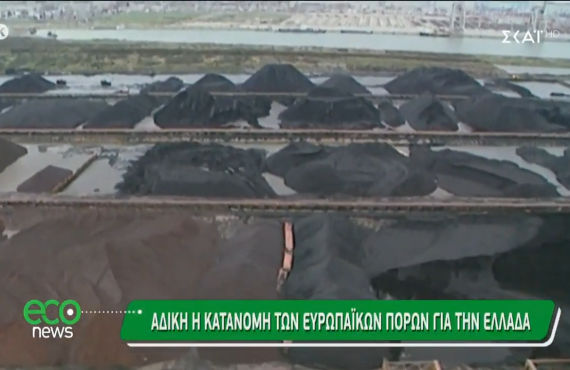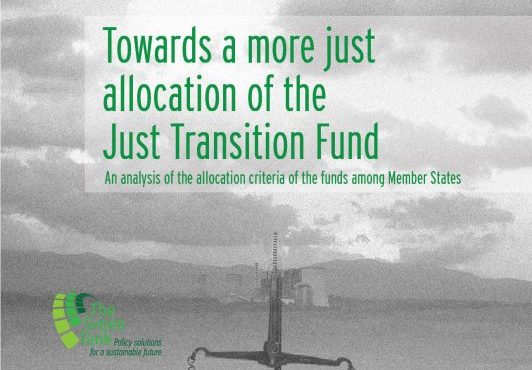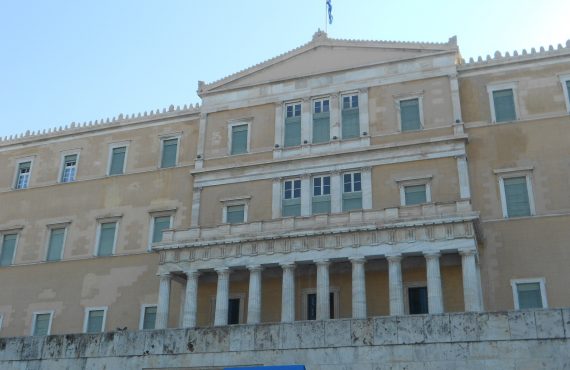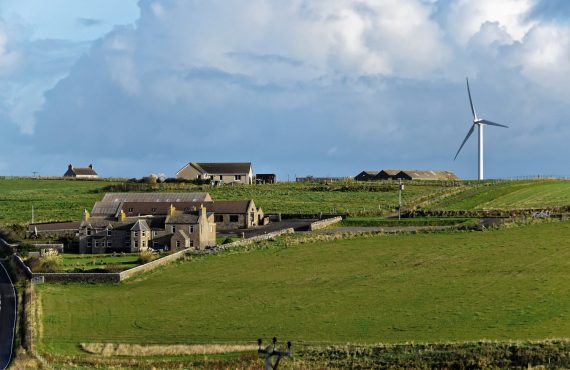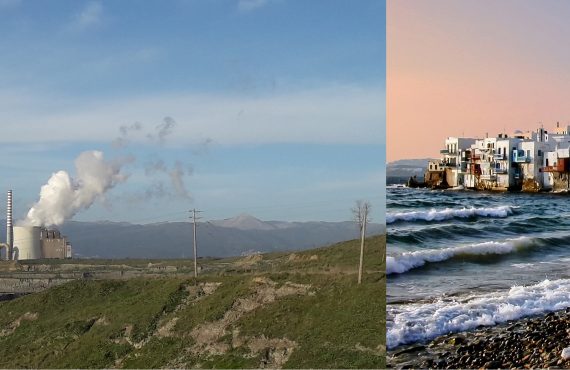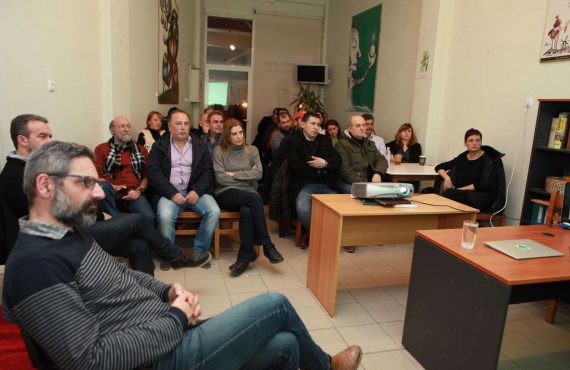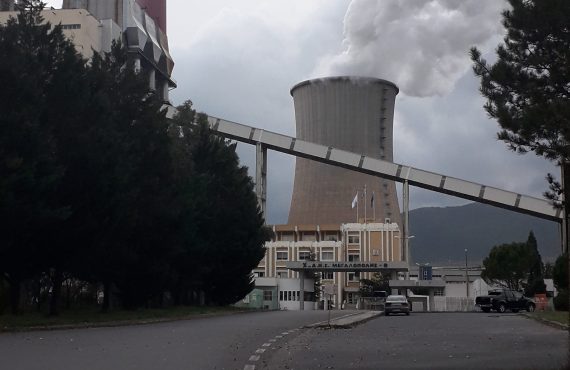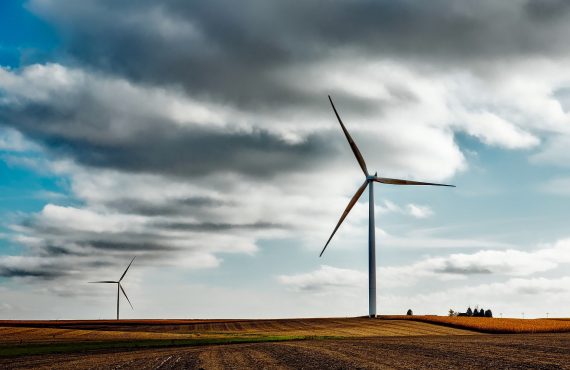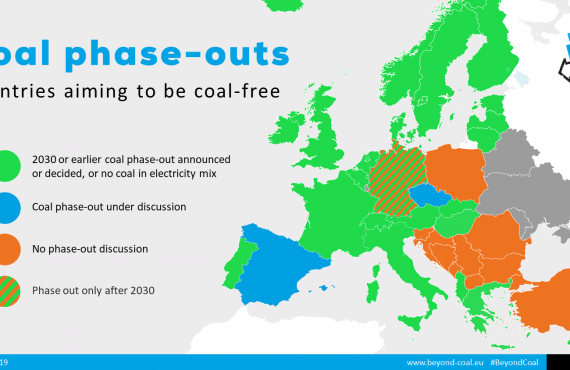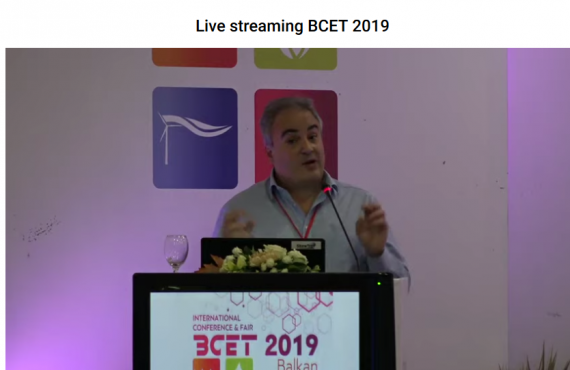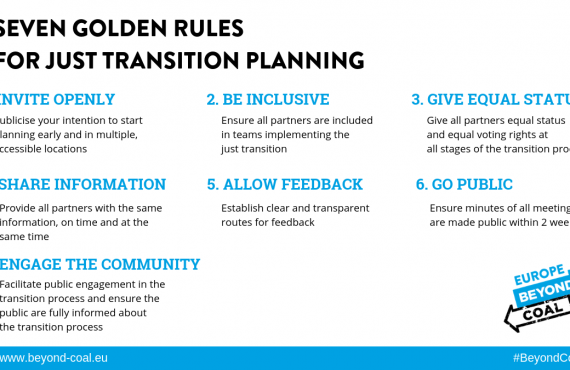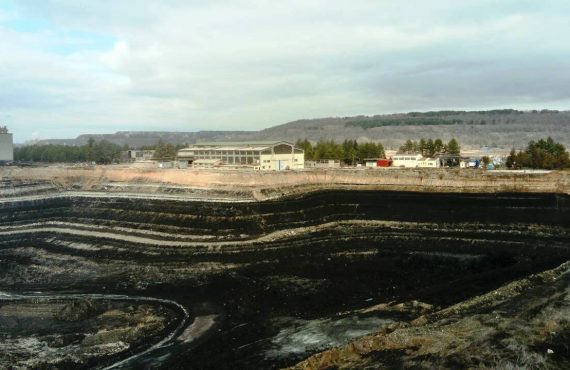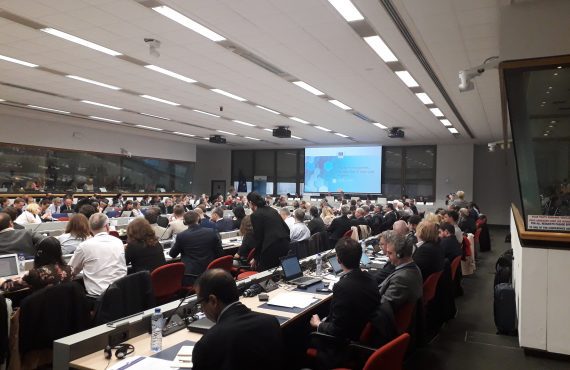An increased interest for the development of energy communities in Greece’s lignite regions, noting that most are for profit, is reported in the review published by the Green Tank.
As Europe strengthens its climate neutrality policies and Greece announces ambitious climate targets, it is particularly important to consider the extent of citizen participation in the required energy transition to Renewable Energy Sources (RES), especially in lignite regions where the challenge of transition is greater and more urgent.
The Green Tank, an environmental think tank, presents an overview of developments titled “Energy communities in the lignite regions of Greece“, elements of which were presented at a special session of the Just Transition Platform meeting organized by the European Commission.
The analysis was based on official data from the Hellenic Electricity Distribution Network Operator (HEDNO) and the General Commercial Register (GEMI) and also includes a critical assessment of the numerous institutional developments that have taken place since the enactment of the founding law of energy communities in 2018 to date. The challenges and opportunities for their development are also described, while concrete recommendations are proposed to strengthen the institution of energy communities in the context of the Just Transition of lignite regions.
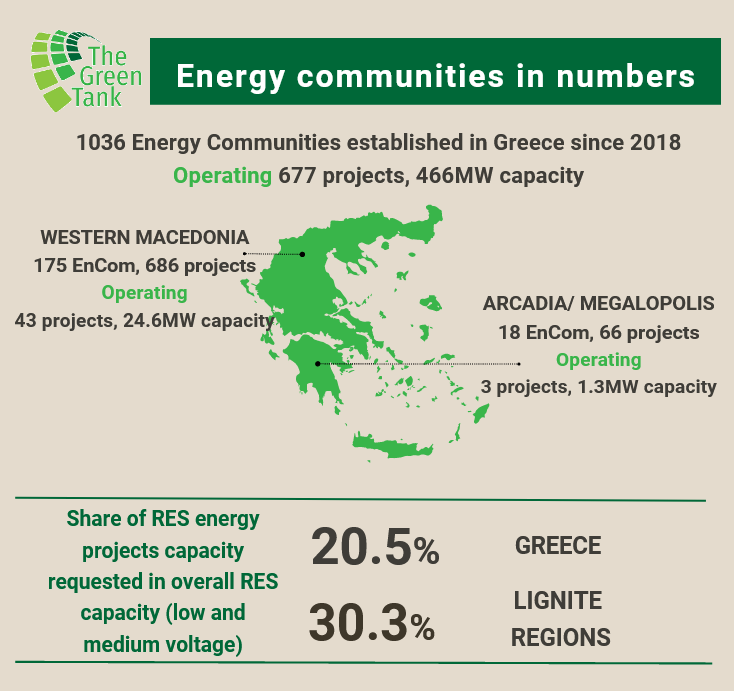
The main findings of the analysis can be summarized as follows:
- From 2018 until today, 1036 energy communities have been established in Greece, of which 194 are located in lignite regions (19%). The majority of the 176 energy communities in Western Macedonia are established in the purely lignite areas, namely Florina and Kozani, while in the Regional Unit of Arcadia, most of the 18 energy communities that have been established are located in its capital, Tripoli, and not in the lignite town of Megalopolis.
- Only 12 public benefit energy communities exist in the Region of Western Macedonia in a total of 176 (6.8%), while only one in Arcadia.
- The utilization of net-metering by non-profit energy communities is still in its infancy. In Western Macedonia, out of the 176 energy communities, only three (3) carry out virtual net-metering projects, while in Megalopolis none.
- The efforts of the local government to participate in the energy transformation of the lignite regions through the creation of energy communities for public benefit are remarkable. Both Regions, in Western Macedonia and Peloponnese, as well as the Municipalities (Kozani, Florina-Prespa) have already established energy communities.
- In Western Macedonia, the already installed capacity of RES projects by energy communities amounts to 24.6MW, constituting 10.1% of the total installed capacity of RES projects in the low and medium voltage in the Region of Western Macedonia.
- The pending connection applications of energy communities’ projects constitute 31.1% of the total requested RES capacity in the low and medium voltage in the Region of Western Macedonia. The respective percentage in the whole country is 20.5%.
- Progress is slower in Arcadia where there is 1.3MW of already installed RES capacity from 3 energy communities, which is only 0.9% of the total installed RES capacity in the Regional Unit of Arcadia, while in Megalopolis no energy community RES project have been electrified yet. However, interest seems high as the pending applications for connection of projects by energy communities in the area of Megalopolis (6 MW) constitute 63.7% of the total requested RES capacity in the low and medium voltage in the area of Megalopolis.
“The tool of energy communities enables local communities to be an active part in both the energy transformation of lignite regions towards clean energy, and in ensuring conditions of justice, solidarity and democracy on the course to the post-lignite era. A prerequisite for using this tool, however, is to provide solutions to perennial problems, such as the release of existing resources to financially support public benefit energy communities, the saturation of grids, the institutional protection of energy communities from unfair competition in the energy market, and a modern, stable and favorable institutional framework for their development” said Ioanna Theodosiou, Policy Associate at the Green Tank.
Note to editors
- You can read the full text of the review of the Green Tank “Energy Communities in the lignite regions of Greece”
- Information regarding the session of the Just Transition Platform meeting that took place on November, 15-17, 2021 can be found here.




